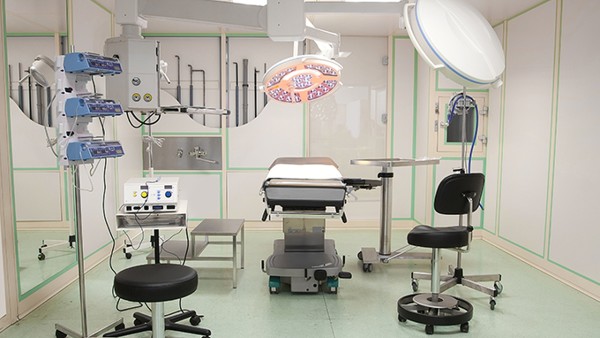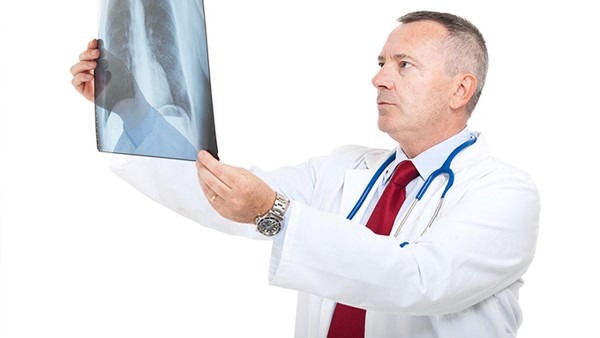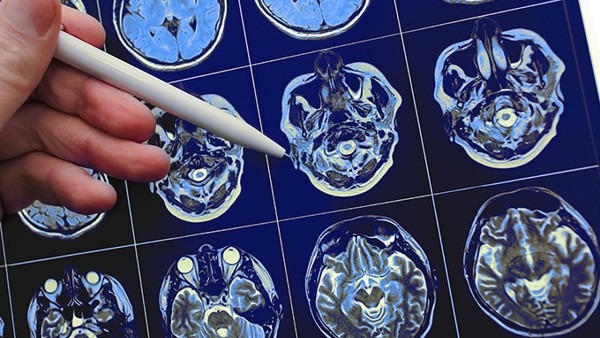What Causes Threatened Abortion?

Introduction
A threatened abortion is a condition in which there is a risk of miscarriage. It is characterized by vaginal bleeding and cramping during early pregnancy. The bleeding may be light or heavy, and the cramps may be mild or severe. A threatened abortion can occur for a variety of reasons, including:
Chromosomal abnormalities: These are errors in the chromosomes of the developing fetus. They can be inherited from either parent, or they can occur spontaneously. Chromosomal abnormalities can lead to a variety of birth defects, including Down syndrome, Edwards syndrome, and Patau syndrome.
Uterine abnormalities: These are structural problems with the uterus that can make it difficult for the fetus to implant or grow properly. Uterine abnormalities can include fibroids, polyps, and septum.
Cervical incompetence: This is a condition in which the cervix is unable to hold the pregnancy in place. This can lead to premature birth or miscarriage.
Placental abruption: This is a condition in which the placenta separates from the wall of the uterus. This can lead to bleeding, cramping, and pain.
Preeclampsia: This is a condition that is characterized by high blood pressure and protein in the urine. Preeclampsia can lead to a number of complications, including premature birth, low birth weight, and stillbirth.
Maternal infections: These are infections that occur during pregnancy. They can include bacterial infections, viral infections, and parasitic infections. Maternal infections can lead to a number of complications, including miscarriage, premature birth, and low birth weight.
Lifestyle factors: Certain lifestyle factors can increase the risk of threatened abortion. These include smoking, drinking alcohol, and using drugs.
Symptoms of Threatened Abortion
The symptoms of threatened abortion can vary depending on the underlying cause. However, the most common symptoms include:
Vaginal bleeding: This is the most common symptom of threatened abortion. The bleeding may be light or heavy, and it may be accompanied by cramping.
Cramping: This is another common symptom of threatened abortion. The cramps may be mild or severe, and they may be accompanied by vaginal bleeding.
Pain: This is a less common symptom of threatened abortion. The pain may be located in the lower abdomen or back, and it may be accompanied by vaginal bleeding and cramping.
Diagnosis of Threatened Abortion
A threatened abortion is diagnosed based on a woman's symptoms and a physical examination. The doctor will ask about the woman's medical history, including any previous pregnancies or miscarriages. The doctor will also perform a physical examination to check for signs of pregnancy, bleeding, and cramping.
Treatment of Threatened Abortion
The treatment for threatened abortion depends on the underlying cause. In some cases, no treatment is necessary. However, in other cases, treatment may be necessary to prevent miscarriage.
Bed rest: Bed rest can help to reduce the risk of miscarriage by reducing the pressure on the cervix.
Medications: Medications can be used to stop bleeding and cramping. They can also be used to prevent premature labor.
Surgery: Surgery may be necessary to correct uterine abnormalities or to remove a placenta that has abrupted from the wall of the uterus.
Prognosis of Threatened Abortion
The prognosis for threatened abortion depends on the underlying cause. However, most women who experience a threatened abortion go on to have a healthy pregnancy and deliver a healthy baby.
Prevention of Threatened Abortion
There are no surefire ways to prevent threatened abortion. However, there are some things that women can do to reduce their risk, such as:
Getting regular prenatal care: Prenatal care can help to detect and treat any underlying medical conditions that could increase the risk of threatened abortion.
Avoiding smoking, drinking alcohol, and using drugs: These substances can all increase the risk of threatened abortion.
Maintaining a healthy weight: Being overweight or obese can increase the risk of threatened abortion.
Managing stress: Stress can increase the risk of threatened abortion. Finding healthy ways to manage stress, such as exercise, yoga, or meditation, can help to reduce the risk.
Conclusion
If you are experiencing vaginal bleeding or cramping during early pregnancy, it is important to see your doctor right away. A threatened abortion can be a serious condition, but it is often treatable. With proper treatment, most women who experience a threatened abortion go on to have a healthy pregnancy and deliver a healthy baby.
The above is all the content that the editor wants to share with you. I sincerely hope that these contents can bring some help to your life and health, and I also wish that your life will be happier and happier.
Topic: #causes #what #abortion














